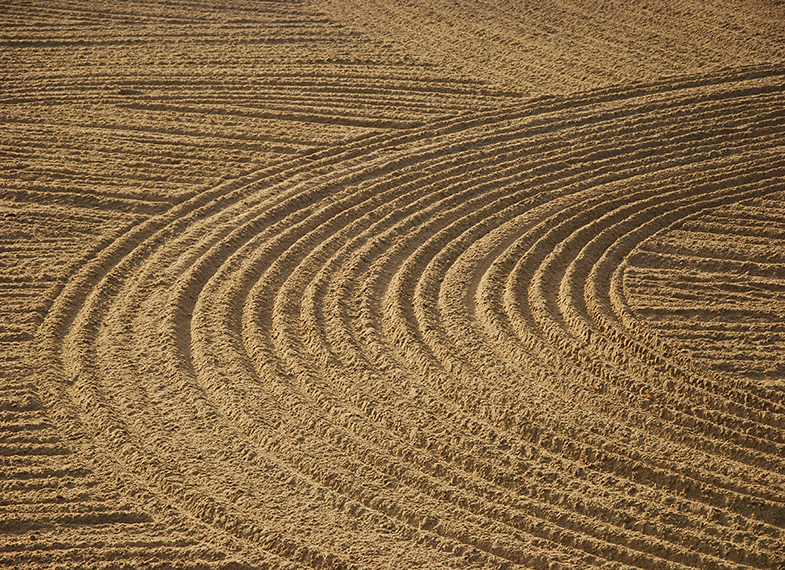Understanding the Role of Wax in Equestrian Surfaces: A Deep Dive into Its Benefits
Choosing the right surface for your equestrian arena is not just a matter of aesthetics or cost; it’s a decision that impacts the performance, safety, and well-being of both horse and rider. Among the various options available, waxed surfaces have gained popularity for their unique benefits. In this guide, we’ll delve deeper into why wax is such a game-changer in equestrian surfaces.
What is Wax and Why is it Used?
Wax is a hydrophobic material, often petroleum-based, that is integrated into traditional equestrian surfaces like sand and fibre.
The wax acts as a binding agent, creating a cohesive layer that holds the surface materials together.
This results in a more stable, consistent, and versatile riding area.
But what exactly are the benefits that make it so advantageous?


Types of Wax Used in Equestrian Surfaces
Petroleum-Based Waxes
These are the most commonly used waxes and are known for their durability and water-repellent properties.
Key Benefits of Waxed Equestrian Surfaces
1. Improved Moisture Retention
The Science Behind It
Wax has hydrophobic properties, meaning it repels water. When mixed with other surface materials it acts as a water substitute. This is particularly beneficial in climates where evaporation rates are high.


2. Enhanced Durability
The Science Behind It
The wax acts as a binding agent that holds the surface materials together. This results in a more resilient surface that can withstand the rigours of daily use and varying weather conditions.
Real-World Impact
Less frequent maintenance means cost savings in the long run. The durability of waxed surfaces also ensures a consistent riding experience, which is crucial for training and competitions.
3. Superior Traction
The Science Behind It
The cohesive nature of waxed surfaces provides a level of grip that is hard to achieve with non-waxed alternatives. The wax binds the materials, creating a surface that offers excellent traction without being overly sticky.
Real-World Impact
Better traction translates to safer riding conditions. This is particularly important in disciplines that require intricate manoeuvres or high-speed activities, reducing the risk of injury due to slips or falls.


Frequently Asked Questions (FAQs)
Is a Waxed Surface Suitable for All Weather Conditions?
Yes, waxed surfaces offer excellent performance in both wet and dry conditions, making them a versatile choice for all climates.
How Often Do Waxed Surfaces Need Maintenance?
While they are more durable than non-waxed surfaces, regular maintenance is still recommended to keep them in optimal condition.
Considerations When Choosing a Waxed Surface
While waxed surfaces offer a plethora of benefits, they are generally more expensive upfront. However, when you factor in the reduced maintenance costs and the health benefits for horse and rider, the investment often proves to be cost-effective in the long run.
Next Steps: How to Get Started with Waxed Surfaces
- Consult with Experts: Speak to professionals who can assess your specific needs and recommend the best type of waxed surface for your facility.
- Request Samples: Before making a decision, ask for samples to test how the surface responds to your specific conditions.
- Budget Planning: While waxed surfaces can be more expensive upfront, consider the long-term benefits and savings when planning your budget


Common Misconceptions About Waxed Surfaces
Too Expensive
While the initial cost may be higher, the long-term maintenance savings and performance benefits often make it a cost-effective choice.
Difficult to Maintain
Contrary to this belief, waxed surfaces usually require less frequent and less intensive maintenance compared to non-waxed surfaces.
Conclusion
The role of wax in equestrian surfaces is not just a luxury but a strategic choice for those serious about the sport.
Its benefits extend from the molecular level, affecting moisture retention and dust reduction, to real-world impacts like enhanced durability and superior traction.
While the initial cost may be a consideration, the long-term advantages make it a worthy investment for any equestrian facility aiming for excellence.
